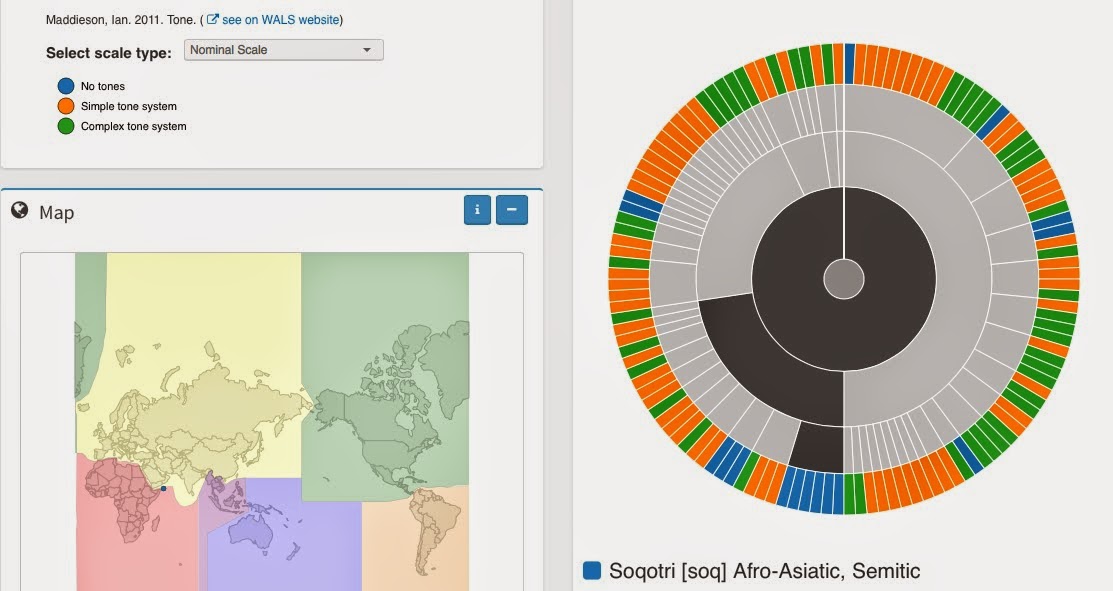South America in Linguistic Typology

Ergativity on tumblr just made a post with this quote: “ [South America] has been underrepresented in typological surveys and in the typological literature generally, and knowledge of the different kinds of typological features and their distribution in the world is significantly limited by this absence. ” — Campbell Lyle & Grondona Verónica (Eds.). 2012. The Indigenous Languages of South America: A Comprehensive Guide ,vol. 2. p.259 (via ergativity ) This is true and not ideal. In light of that, I'd just like to again bring up the free online linguistics database SAILS (South American Indigenous Language Structures) . You can find out a lot of information about many languages of SA there. You find a helpful post about it here . You can also have a look at SAPhon, South Ameircan Phonological Inventory Database . There are over 380 million people living in South America and 458 living languages. There are grammars or grammar sketches of at...









